As a long-time DSLR enthusiast, I’m used to the feel and versatility of larger cameras designed for photography.
So, when I got my hands on the new Sony ZV-E10 II vlogging camera, paired with the updated E PZ 16-50mm f/3.5-5.6 OSS II lens, I was stepping into unfamiliar territory.
While vlogging cameras are known for their portability and ease of use, I was curious to see how this compact setup could also win over someone more accustomed to DSLRs and mirrorless cameras aimed at photographers.
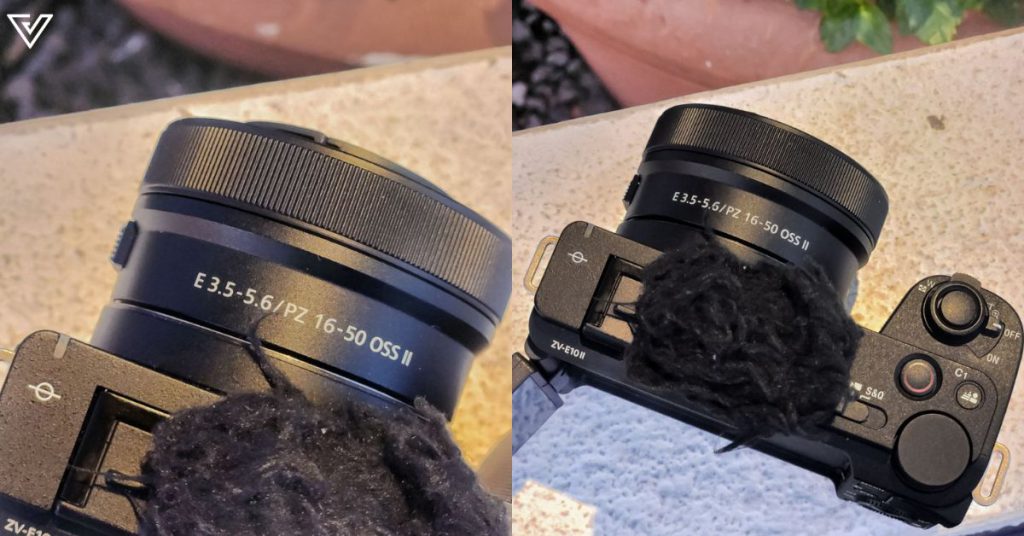
First impressions
Right out of the box, the ZV-E10 II makes a strong first impression with its lightweight build. At just 375g (without the lens), it’s significantly lighter than the cameras I usually carry. I found this compactness to be a boon for my trips. I could easily mount it on a handheld tripod and switch between stills and video without feeling weighed down.
The larger NP-FZ100 battery, borrowed from Sony’s more robust models like the A6700, also ensures that you don’t have to worry about the camera dying on you halfway through your content creation spree.
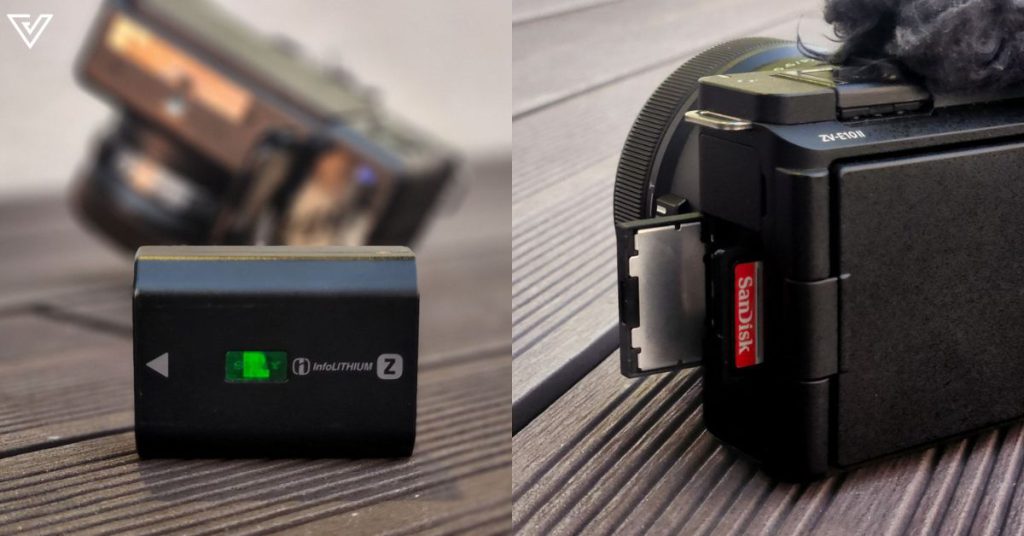
However, the ZV-E10 II isn’t without its quirks. The positioning of the memory card slot on the left side, sandwiched between ports, felt a little awkward. And while the flip-out LCD screen is great for selfies and vlogging, I was slightly annoyed by its inability to sit flat, making precise composition trickier than I’d like.
A highlight for me was the customisability of the camera’s buttons and menus. With a bit of time spent setting up the ‘My Menu’ section and reassigning some of the buttons, I managed to get the camera to operate in a way that felt natural and intuitive, something I’ve always valued in a camera.
Sony ZV-E10 II key specs
| Sensor | 26MP Exmor R sensor APS-C sensor |
| AF system | 759-point phase-detect |
| EVF | None |
| ISO range | 50 to 102,400 (ISO 100-32,000 video range) |
| Video | 4K/60p 4:2:2 10-bit internal |
| LCD | 3.0-inch vari-angle touchscreen |
| Max burst | 11fps (continuous autofocus), 30fps burst |
| Connectivity | Wi-Fi 2.4GHz/5GHz, Bluetooth 5.0 |
| Dimensions | 114.8 x 67.5 x 54.2mm |
| Weight | 375g (Without the lens) |
Features that stand out
The ZV-E10 II shines in features designed specifically for vlogging and content creation. The directional 3-capsule microphone, coupled with a windscreen, made recording crisp audio a breeze, even in bustling outdoor settings.
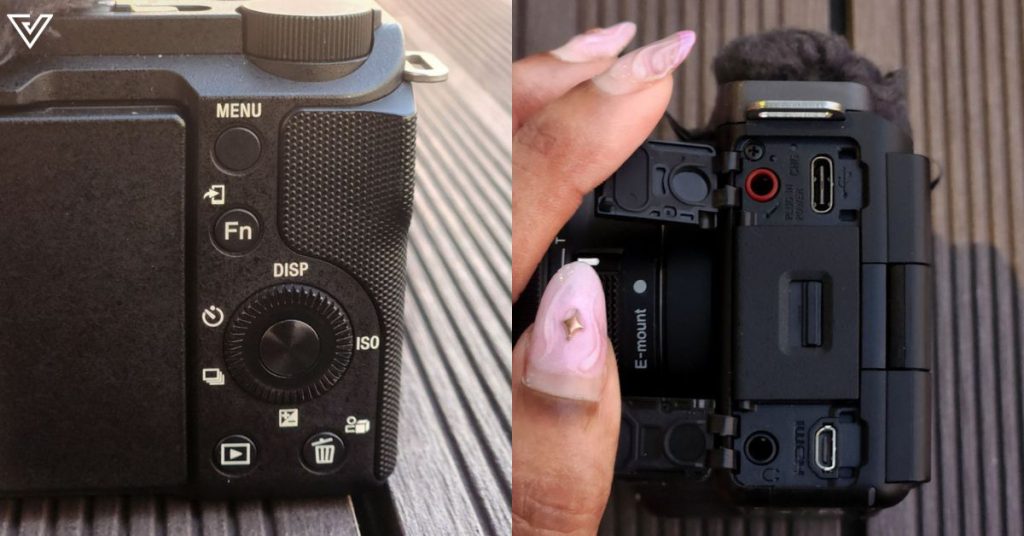
The inclusion of both microphone and headphone ports adds to its versatility for more serious recording setups.
Sony’s autofocus system, a hallmark of its cameras, is predictably excellent. The real-time eye autofocus (AF) and face priority make the transition from photography to video a seamless experience.
As someone who loves photography, I’m a bit of a control freak about focus, often spending extra time ensuring my subject is crisp. But when vlogging, I realised you don’t always have that luxury, especially when you’re moving, walking, or just holding the camera at arm’s length.
Whether I was capturing a bustling street scene or trying to keep my subject in focus, the camera’s AF system was quick, accurate, and dependable.
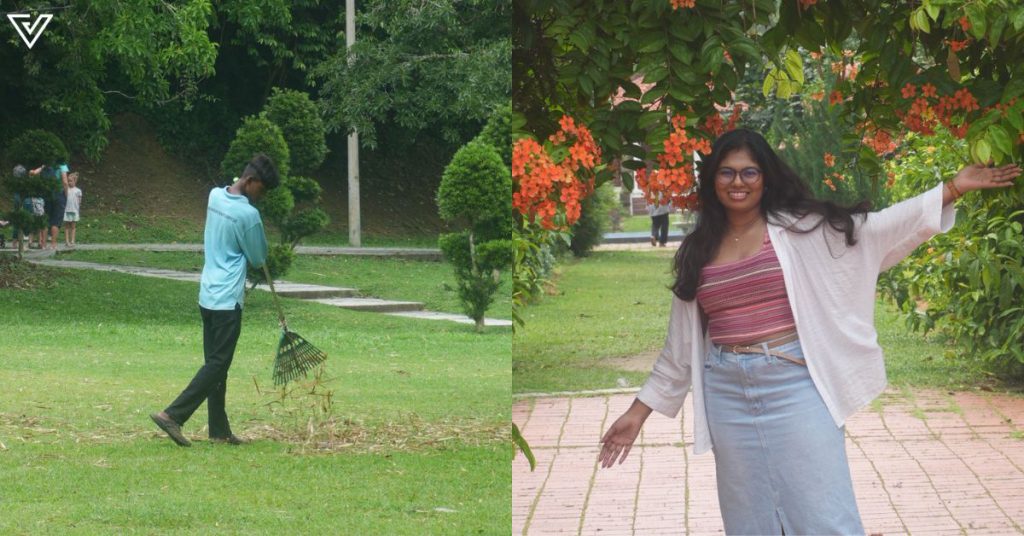
The enhanced connectivity features, especially the ability to seamlessly transfer content via the Sony Creators’ App, were a welcome upgrade from older models I’ve used.
Performance and limitations
When it comes to video quality, the ZV-E10 II delivers. Its 26MP sensor produces beautiful images and 4K video that’s sharp and vibrant, thanks to 10-bit 4:2:2 colour.
As someone who’s used to tweaking colour grading and adjusting exposure in post-production for my photography work, the new S-Cinetone and S-Log 3 colour profiles gave me a familiar level of control in my images.
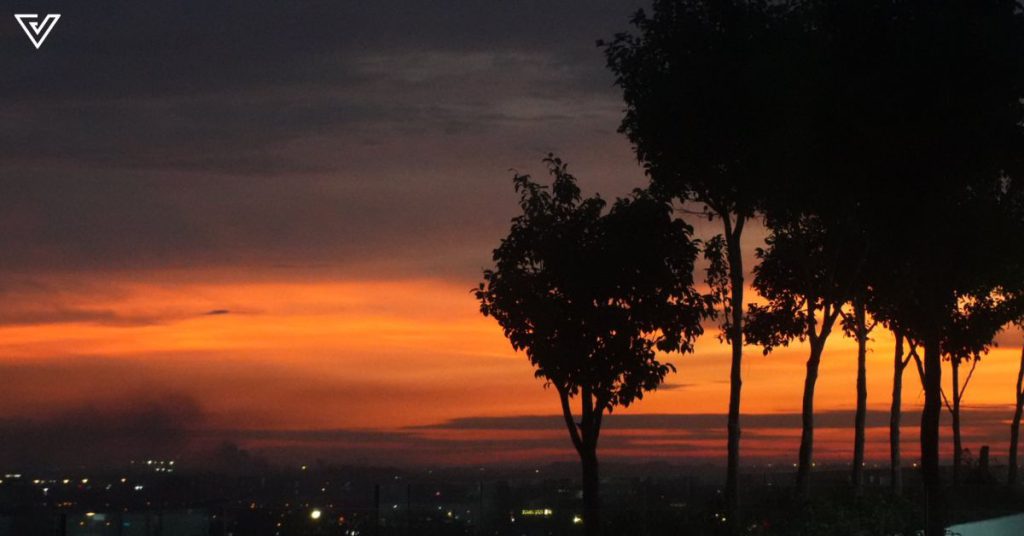
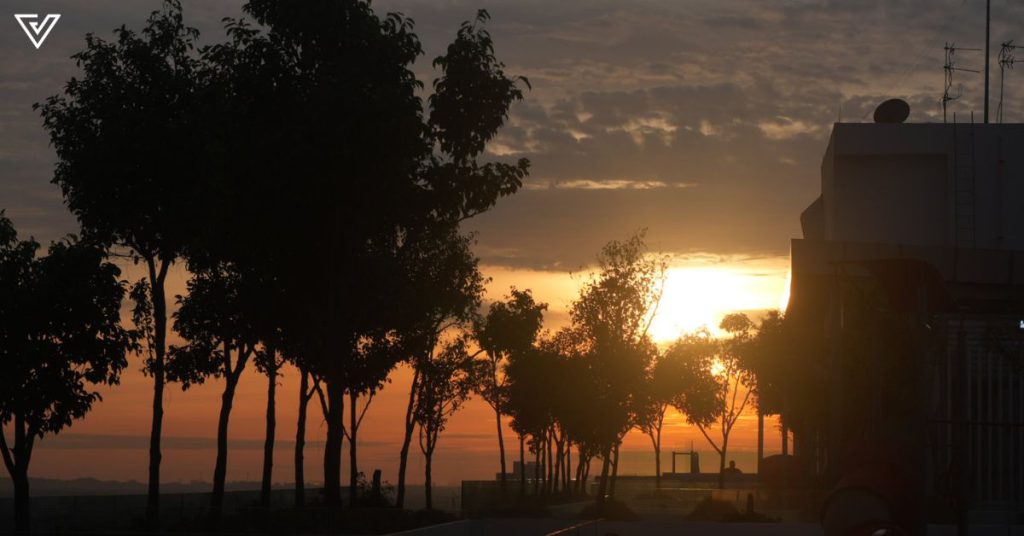
It’s great for those who want to push their creative boundaries, allowing me to get cinematic results without having to purchase high-end gear.
That being said, if you’re new to vlogging and not a pro editor, the standard colour settings will more than suffice. The soft skin effect is also a neat addition for vloggers who want a little bit of skin smoothing without having to mess around with post-production filters.
However, my experience wasn’t without hiccups. While recording in 4K/60p, the camera started overheating after about 20 minutes, forcing me to shut it down and let it cool.
I’m not sure if this was a one-off issue with my loaned model, but this limitation would make it challenging for long-form video content, and while it’s something you can work around by planning your shoots, it’s definitely a consideration if you’re looking to create extended vlogs or YouTube videos.
As a photographer, I found the lack of an electronic viewfinder (EVF) a noticeable downside. Composing shots using just the rear LCD felt limiting, especially under bright sunlight.
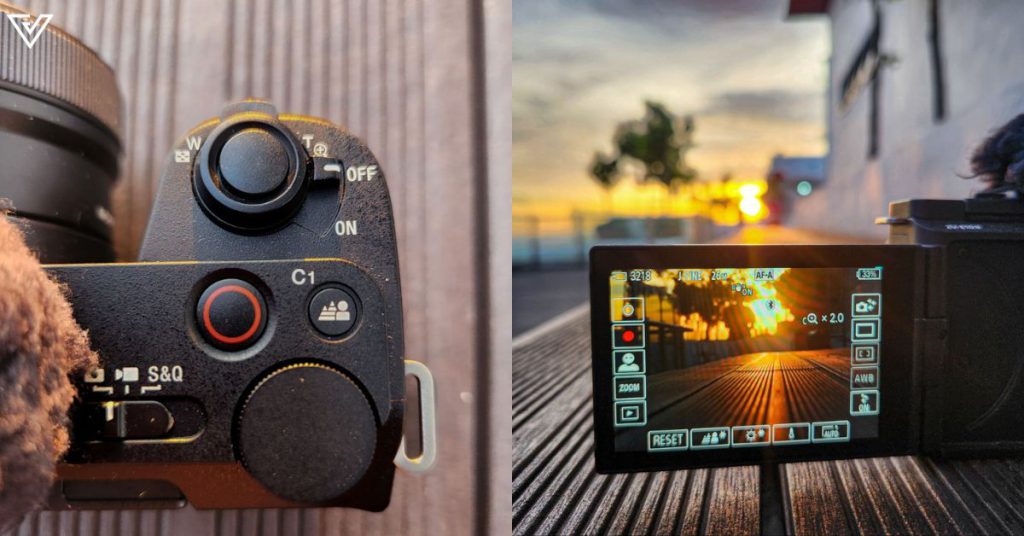
The camera’s buffer also left me wanting more—only about three seconds of burst shooting at 11fps when capturing Raw+JPEG. For someone used to photographing fast-moving subjects, this was a bit of a letdown.
Image quality
Despite these limitations, the image quality on both stills and video was impressive. The JPEGs were crisp and well-exposed in good lighting, while the raw files offered plenty of dynamic range for editing.
Low-light performance was solid up to around ISO 6400, beyond which noise and colour shifts became apparent. Video footage, especially when shot in 10-bit, held up well and offered plenty of flexibility for grading.
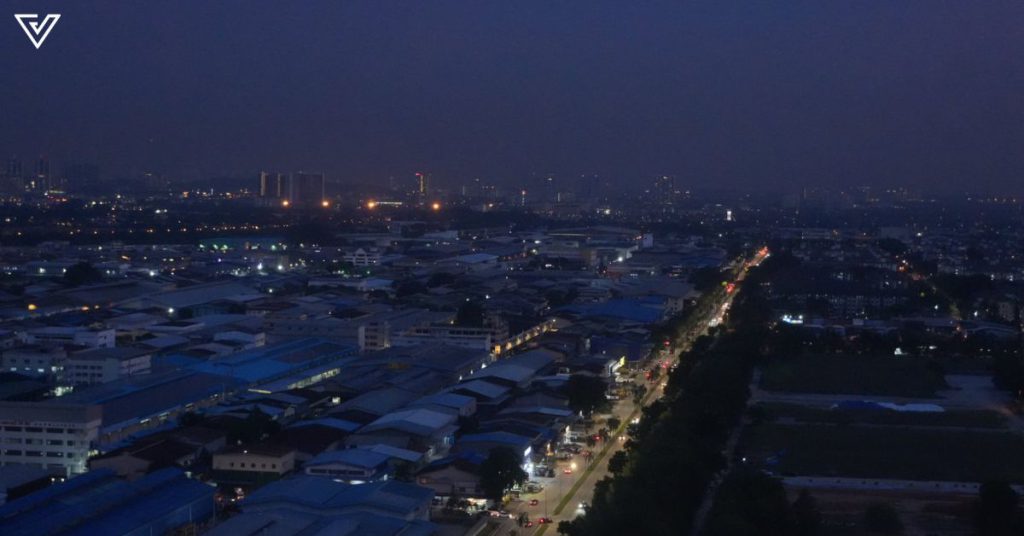
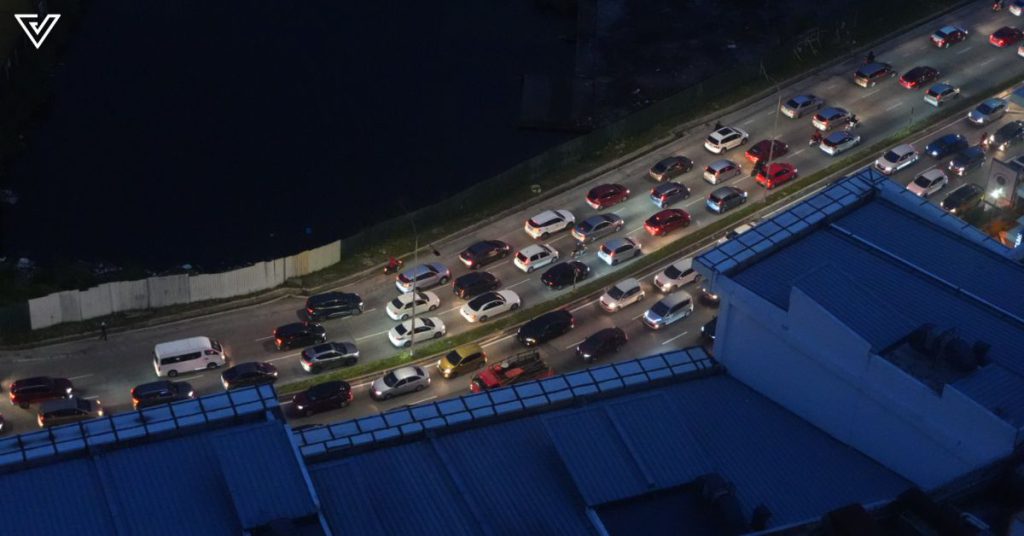
The lack of built-in sensor stabilisation was somewhat mitigated when I used the camera with the OSS lens. It’s not as steady as some of the competition, but with a little help from Sony’s Catalyst Browse software, I was able to get reasonably smooth footage without needing a gimbal.
Verdict: Is it a keeper?
For vloggers and beginner content creators, the Sony ZV-E10 II might be an excellent choice. Priced at RM4,999, it packs a lot of high-end features into a small, travel-friendly form factor and delivers great image and video quality.
The upgraded battery life and connectivity options make it a reliable companion for on-the-go shooting, and its intuitive controls are easy to master.
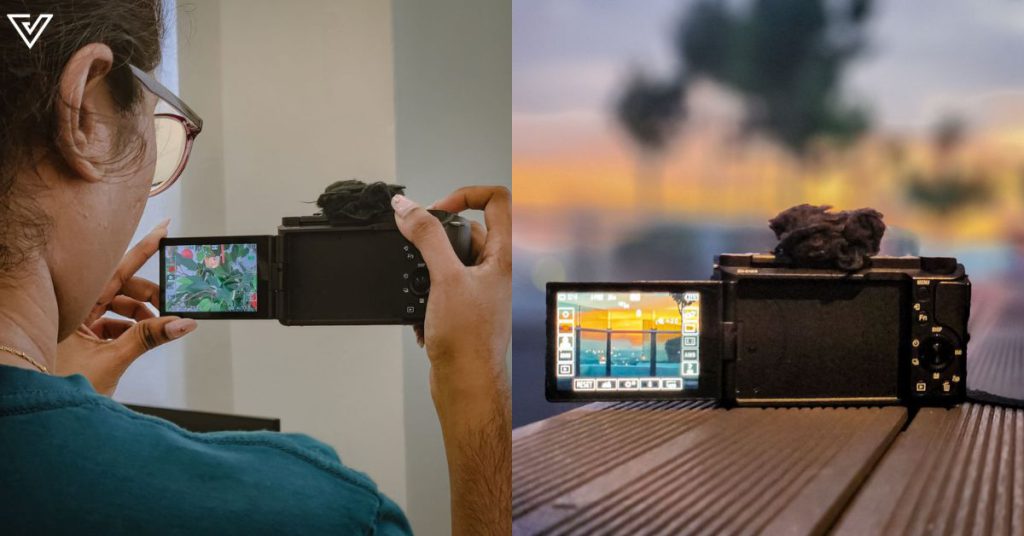
However, for someone like me, who’s primarily focused on photography, the ZV-E10 II doesn’t quite hit the mark. The absence of an EVF, the limited buffer, and the camera’s tendency to overheat during long video sessions are significant drawbacks.
If you’re looking for a camera that can do double duty as both a photography and a vlogging tool, you might want to consider other options in Sony’s lineup that are more tailored to still photography.
That said, if you’re just getting started with vlogging or need a capable second camera for video content, the ZV-E10 II is a compelling option. Just be prepared to work around a few quirks—and maybe keep a fan handy if you’re planning on shooting a lot of high-resolution video.
| Pros | Cons |
|---|---|
| Superb 4K/60p 4:2:2 10-bit video | No viewfinder |
| Good integration with smartphone functionality | Poor stabilisation even when using a handheld tripod |
| Good autofocus | Overheats when shooting long-form videos |
- Learn more about Sony ZV-E10 II here.
- Read other articles we’ve written about Sony here.
VP Verdict is a series where we personally try and test out products, services, fads, and apps. Want to suggest something else for us to try? Leave a comment here or send the suggestion to our Facebook page.
Featured Image Credit: Vulcan Post

![[Review] Sony ZV E-10 II with lens features, camera, battery [Review] Sony ZV E-10 II with lens features, camera, battery](https://sianzzz.com/wp-content/uploads/2024/10/Sony-vlogging-camera-FI.jpg)